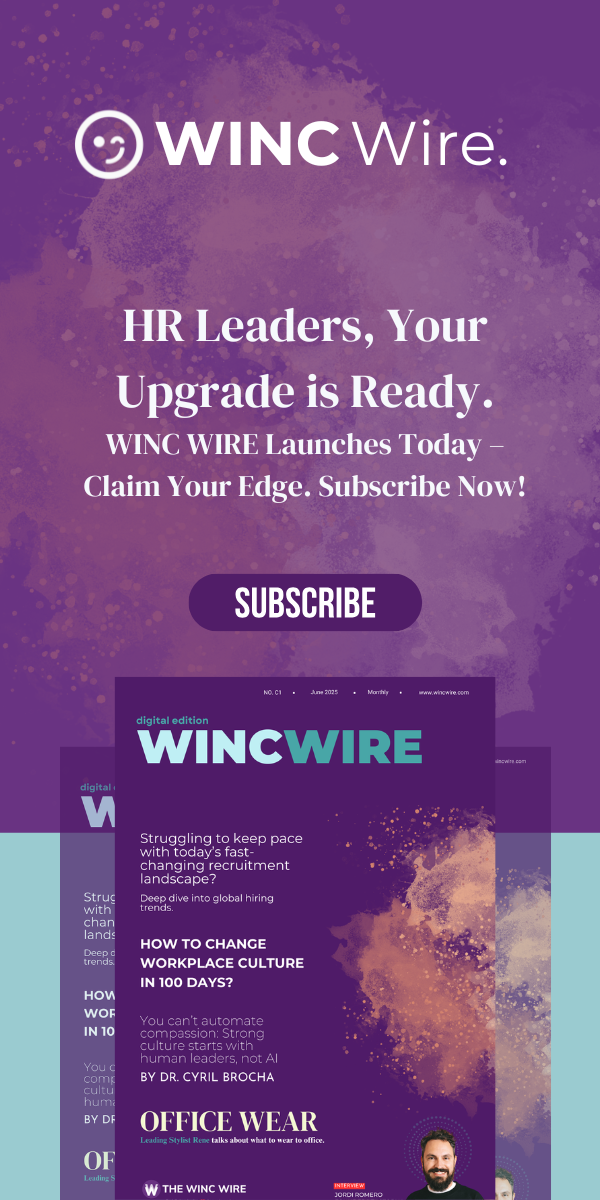There was a time when Human Resources quietly operated behind the scenes a support act rather than a headline performer. Today, that narrative has shifted. In the ever-evolving theatre of modern business, HR has taken centre stage not merely as a function, but as a strategic co-author of organisational success.
Strategic HR is no longer about policies and procedures. It’s about aligning people strategy with business vision – enabling leaders to win talent battles, sharpen operational precision, and build cultures that thrive under pressure.
From Process Keeper to Growth Partner
The modern HR function has matured from administrator to strategist. Strategic HR doesn’t simply support the business it steers it. When talent, leadership, and organisational goals converge, HR becomes the choreographer of transformation, ensuring each move is intentional and future-fit.
Where once HR focused on compliance and contracts, today it co-creates the roadmap with senior leadership translating vision into people-powered execution. This evolution signals a deeper truth: no strategy, however sound, succeeds without people aligned to deliver it.
The Harmony of Alignment
Alignment is more than a buzzword it’s the bedrock of strategic HR. Every initiative, from onboarding to leadership development, should echo the business’s broader ambitions. This requires more than knowledge of HR best practice; it demands commercial acumen, emotional intelligence, and the ability to orchestrate harmony across functions.
When HR decisions reflect the pulse of the business, you move from isolated interventions to a collective rhythm of performance, purpose, and progress.
Winning Where It Matters Most: Talent
Talent remains the most fiercely contested frontier in business. In this landscape, strategic HR is your competitive compass. It helps you not only find the right people but also foster environments where they stay, grow, and innovate.
At its best, strategic HR creates employee experiences that go beyond perks. It understands what motivates people at different life stages, roles, and cultures crafting an employer brand that resonates deeply and personally.
Training as Transformation, Not Just Ticking Boxes
Investment in learning isn’t a ‘nice to have’it’s a strategic lever. Whether upskilling a frontline manager or preparing high-potentials for leadership, development programmes must align with both current challenges and future shifts.
In a world where yesterday’s skills quickly expire, a culture of continuous learning is a durable advantage one that fuels innovation and cultivates resilience.
Performance That Drives Purpose
A well-designed performance management system does more than measure. It motivates. Strategic HR ensures that feedback loops, incentives, and recognition rituals all contribute to a culture of excellence.
The goal is not perfection, but progress. By linking personal goals with organisational priorities, HR builds a workplace where every individual understands how their contribution matters and feels seen when they deliver.
Culture Is Not the Soft Stuff. It’s the Strategy
Organisational culture isn’t abstract. It’s the beating heart of execution. A toxic culture will sabotage even the best strategy; a thriving one can amplify it.
Strategic HR leaders nurture environments where collaboration, respect, and psychological safety are woven into daily habits not slogans on a wall. Culture becomes a catalyst, unlocking innovation and trust even in uncertain times.
Adapting at the Speed of Change
The one constant in today’s market? Change. Strategic HR equips organisations with the muscles to adapt embedding agility into the very fabric of the business.
Whether navigating digital disruption or responding to geopolitical shifts, HR can be the compass that keeps organisations future-ready, helping teams not only survive but evolve.
The Final Word: HR as Strategic Anchor
HR’s journey from the back office to the boardroom is more than symbolic. It reflects a wider truth: the organisations that succeed are those that invest in people as their strongest strategic asset.
From talent acquisition and cultural design to performance enablement and innovation HR is no longer support. It’s structure. And when HR leads with clarity, compassion, and commercial insight, the results speak for themselves.





